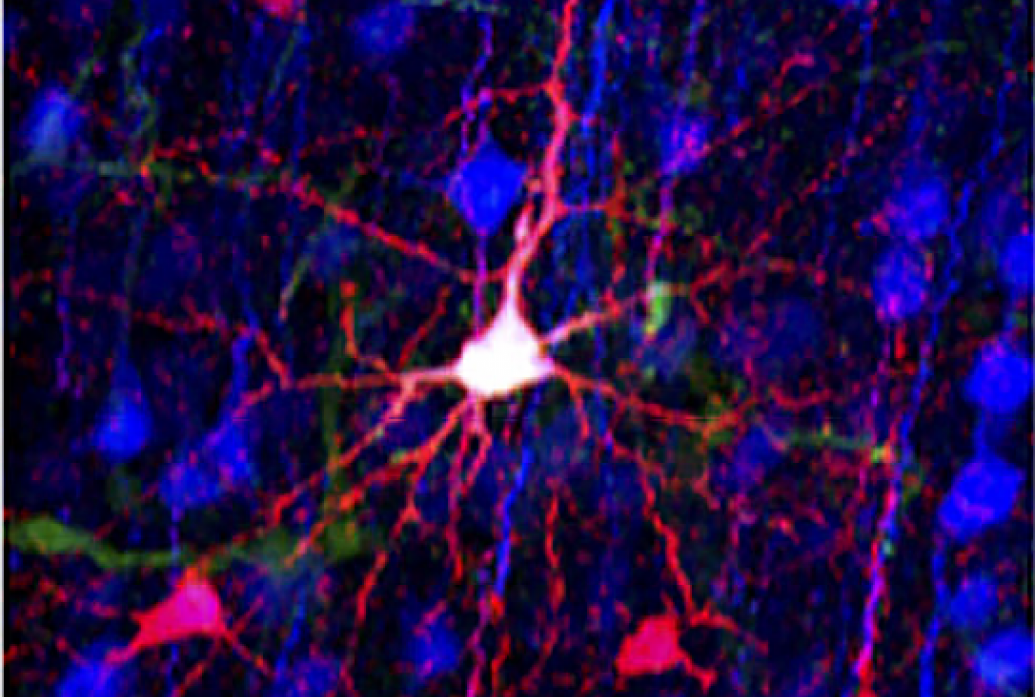The neural activity underlying many brain functions sometimes occurs too quickly for neuroscientists to be able to observe it. In 2017 a team of neuroscientists co-led by Kay Tye and Stanford's Alice Ting, invented FLARE, a quick way to turn on an inserted gene in a neuron when the cell becomes active in a circuit.
The method, described in a paper published in Nature Biotechnology and begun with a grant from the Picower Institute Innovation Fund, provides a way to label neurons right when they become active (for instance by expressing the gene of a fluorescing protein). It works quickly because it is triggered by calcium, which is directly involved in neuronal firing, and a flash of light. Older methods for labeling cells based on activity required administrating much slower-acting drugs.
FLARE could also enable neuroscientists to manipulate neurons that are active in other ways. If the gene to be expressed, for instance, is one that makes the neuron susceptible to optogenetic control, for instance, then coupling FLARE with optogenetics would give researchers the chance to figure out how changing the activity of a neuron once it starts affects brain function or disease.


